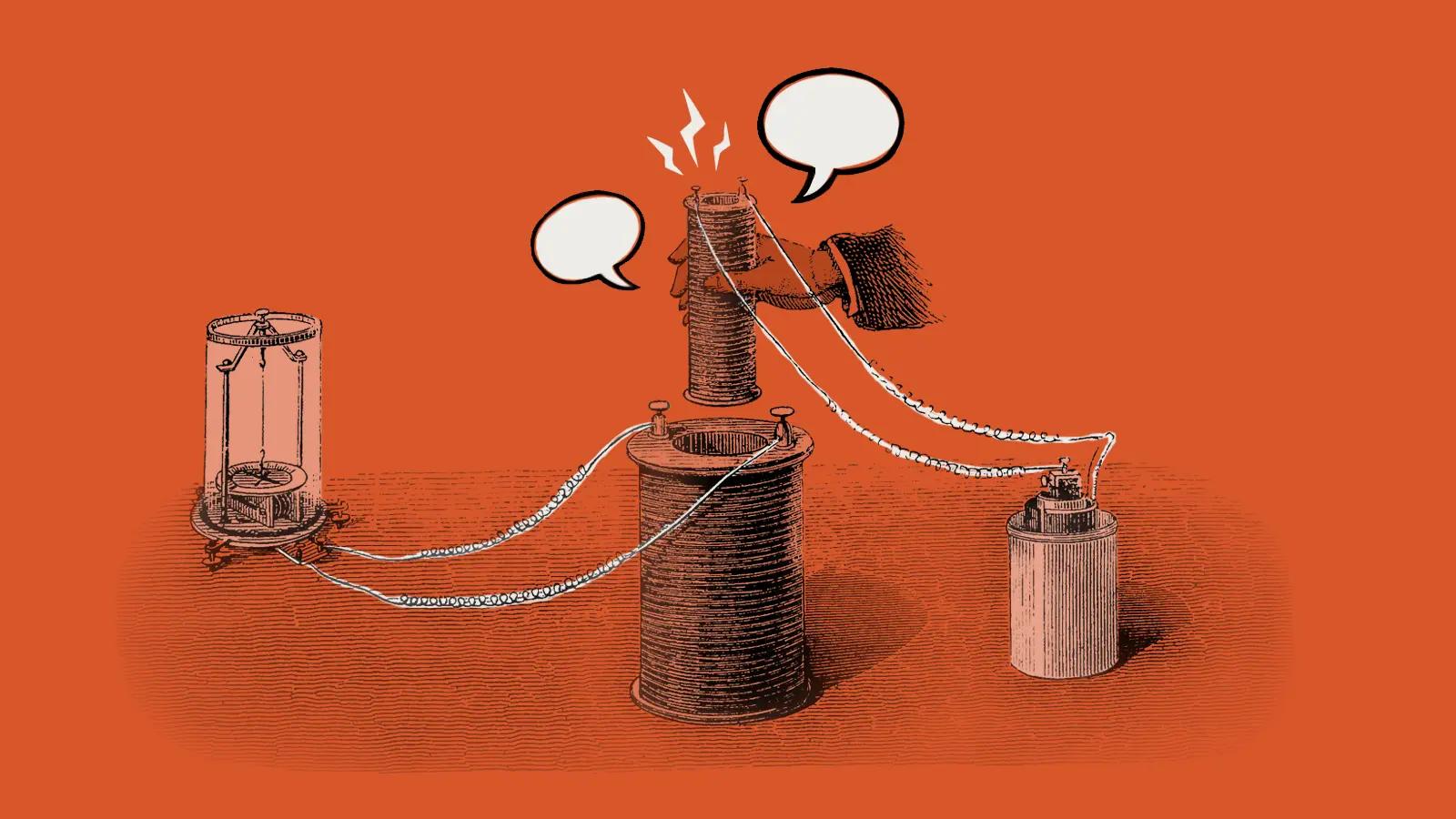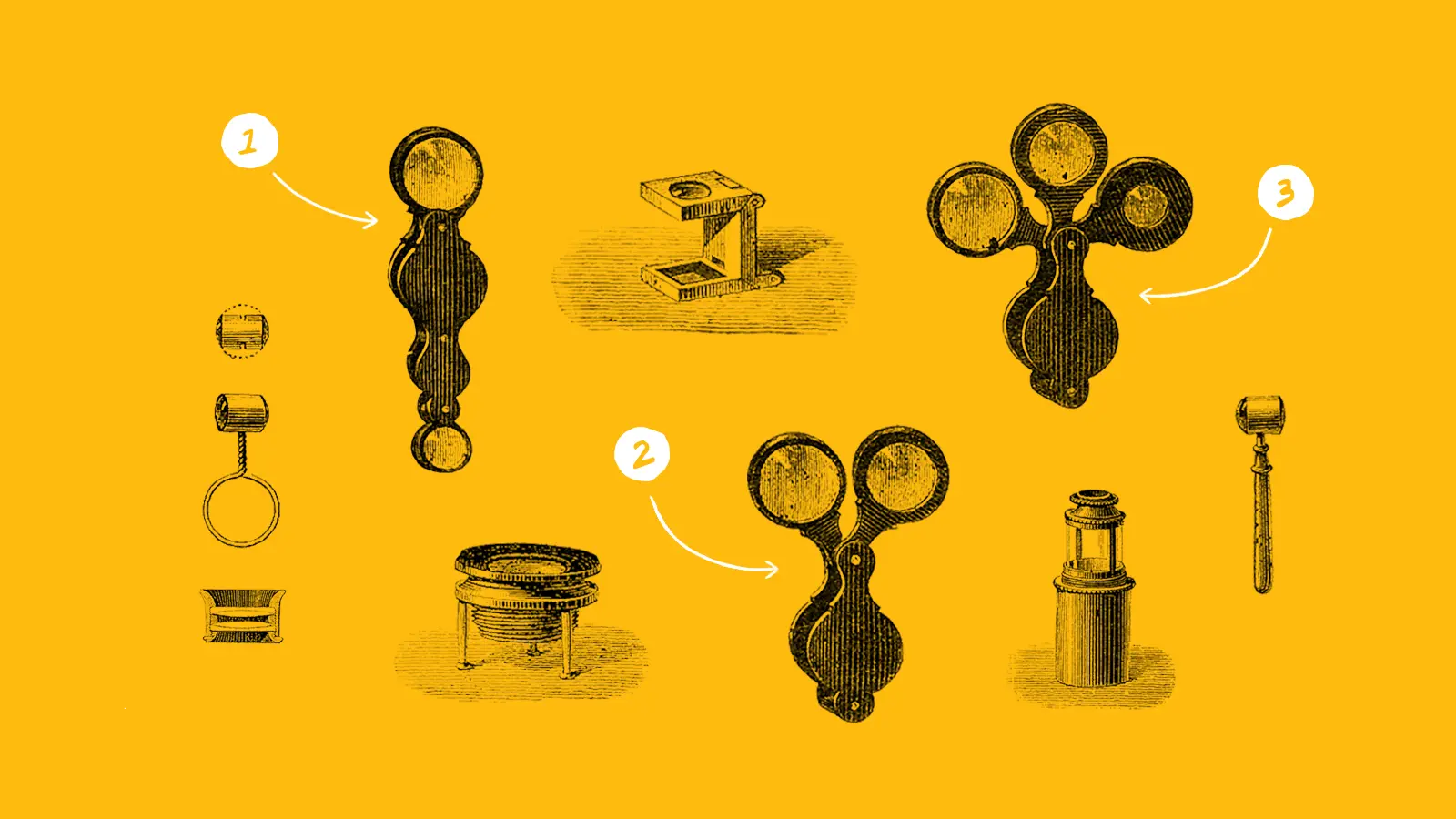Three tips to improving your website (without starting over)
It used to be that a website was a static repository of anything and everything a company wanted to say about itself and its products or services. There was a set it and forget it mentality, with most updates being simply copy additions. After a while it would become clear that a change was needed, leading to a complete overhaul.
But modern websites operate more like a living, breathing part of your sales and marketing ecosystem, which means they need to be given regular love and attention to ensure optimal performance and relevancy. The upside to this continuous nurturing is that you can make significant changes and improvements to your website – without starting over.
Tip #1: Continuous improvements vs. website redesigns
Design with the future in mind
When you create a website with a future-proof design system and architecture, it will expand and grow with your business without falling apart every few years. By designing with the future in mind using a systematic approach, you are set up to win in the long term.
Build a support team
Once your site launches, you want to keep your design, development, and marketing teams in close contact. Your business is ever-changing. The way customers use your site evolves, as does how you stay relevant in a digital space. To get the most value out of your website and remain relevant, you need to continually nurture your site after it goes live. You can use your existing team(s), or look to a business like Good Work that specializes in post-launch aftercare and long-term partnerships.
Examples of continuous improvements
There are countless small updates that can be made through continuous improvements to your site. Some of the most common that we see (and recommend) include:
- Plugin updates
- Copy updates
- Landing pages for current initiatives
- Design updates based on usage
- Provide new value (e.g., blog, resources, newsletter sign-up)
At the end of the day, these updates should meet one of two goals. They should either make your site more relevant to the current state of your business, OR better support your marketing and sales efforts.
Tip #2: Keep Craft updated
This might sound overly simple, but the importance of keeping your content management system (CMS) updated can’t be overstated.
Just because a new version is coming out doesn’t mean that you have to immediately make the switch. But remember that if you hold off through multiple versions, updating can become a major project.
Last year, we worked on updating a site for a client who had waited entirely too long to take action (think: months or years). Because of this, the scope of the project was much bigger than they anticipated and almost felt like starting over.
Updating to Craft 4
At the time of writing this, we are building sites on Craft 3. But after an initial beta launch, Craft 4 was released this year. This means we will be moving new builds to this platform and working with our maintenance clients to discuss upgrades over the next few months.
While many updates are relatively simple, the update from Craft 3 to Craft 4 is a big one. For example, all 3rd party plugins need to be updated first. Sounds simple at first, but remember that sometimes plugins get abandoned. This means that just clicking “update” isn’t possible and you need to figure out an alternative upgrade path.
Whether you DIY or enlist the help of a web development team like Good Work, keeping your CMS updated in a timely fashion is key.
Tip #3: Schedule regular website audits
When your website continually evolves and you’re doing regular updates to your CMS, you have to check in and ensure that everything is working in the background as it’s supposed to. In the fast-paced environment that is digital, regularly scheduled website audits are required to have a seat at the table.
How often should audits occur?
At a minimum, standard marketing websites should have an audit every 4-6 months, while websites that have a constant stream of new content and updates might need audits every month.
What are the most important things to audit?
There is no one-size fits all answer to this, but website audits come in a variety of shapes and sizes. The ones we find most useful are geared toward (1) Accessibility, (2) Technical SEO and Speed, and (3) Design.
Testing the right blend of infrastructure updates, website audits, and continuous improvements is viable in ensuring our website brings the most value to our business at any given time.
Accessibility
Evaluating accessibility is not just an optional, nice-to-have aspect of your website. It is important to ensure that all potential users – including those with disabilities – have a decent user experience. But when you implement these accessibility best practices and ensure easy access to your information, you improve the usability for all site users.
DIY Accessibility online checkers we recommend:
- Accessibe
- WAVE
- Web Accessibility by Level Access
Maintenance
Site speed and SEO are two different things, but both play a significant role in how search engines like Google evaluate your site, and how they show up in search results.
Sometimes updates inadvertently slow down the site. Adding media is a common culprit to this.
Other times, it is inaction that can cause issues, in the case of things like broken links or meta information updates.
DIY speed and SEO tools we recommend:
Design
Finally, consider how design audits can play a role in improving your site. Your designer will often have suggestions on how to improve conversions without needing a total redo.
This is one area we recommend going straight to the professionals in the audit process. It is important to weigh the effort vs. outcomes in design work so that you don’t end up going down a rabbit trail that leaves your site pretty, but the update is neutral in terms of conversions.
You don’t have to go it alone
These three tips are a great way to implement continuous improvement to your website and can keep it fresh and relevant much longer without the need to start over.
But knowing what to do, and actually finding the time to do it are two different things. If you’re ready to hand the keys over to the experts, we’d love to help.
We offer maintenance plans that provide relief. Have confidence you’ve got the support you need and get back to doing what you do best for your company.
Further reading
-

A Year of PM at Good Work
-

Expanding our services: Introducing ‘Friends of Good Work’
-

Three things your project manager should be doing for you (but probably isn’t)
-

Eight lessons learned from eight years of Good Work
-

The 5 tools we use for our bulletproof project management process
-

How to use Google Analytics 4 to improve your website
-

How we manage a remote team across multiple timezones
-

Regularly scheduled website audits

 By Garrett, 19 Jul 2022
By Garrett, 19 Jul 2022
 By Caleb, 18 Nov 2025
By Caleb, 18 Nov 2025
 By Ariel, 13 Jun 2022
By Ariel, 13 Jun 2022